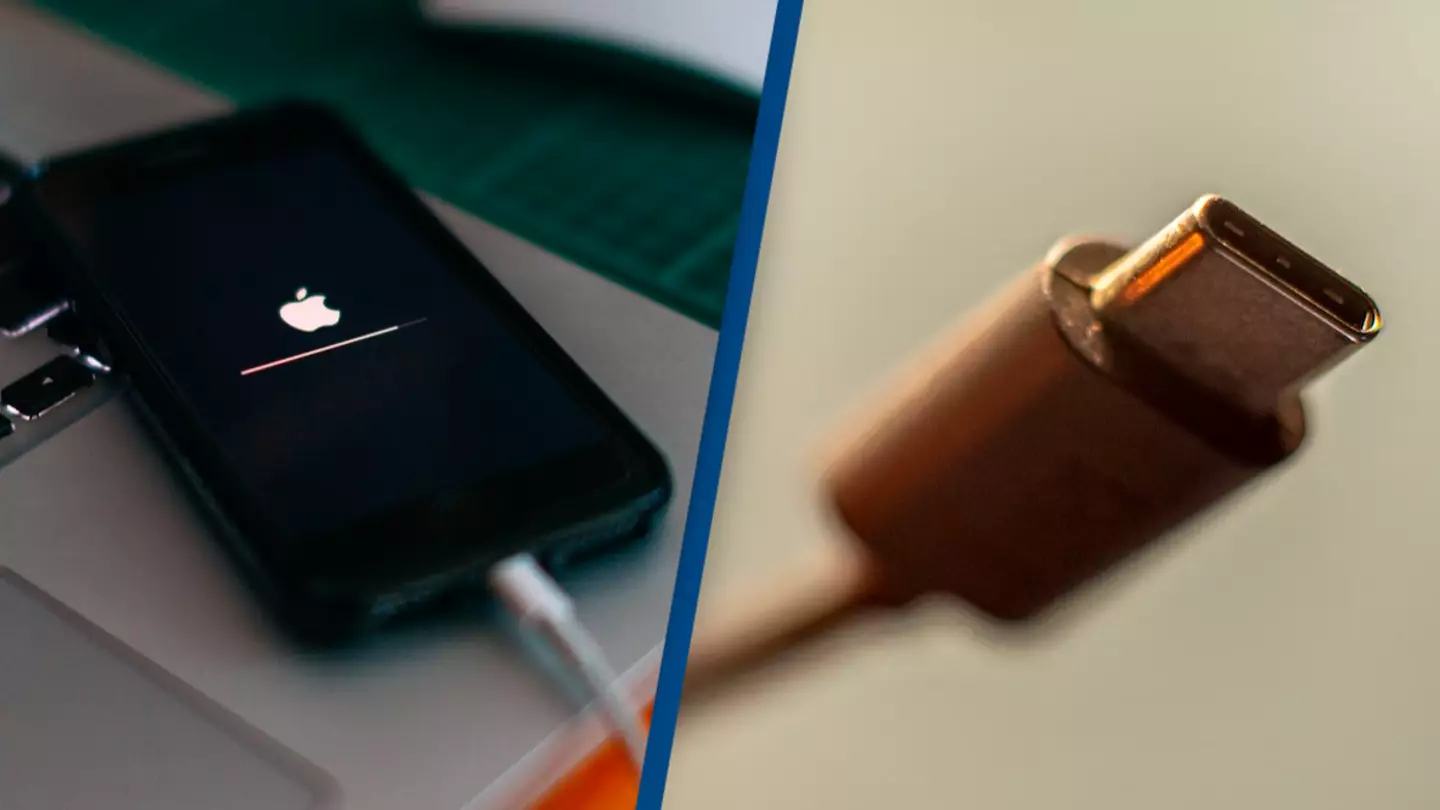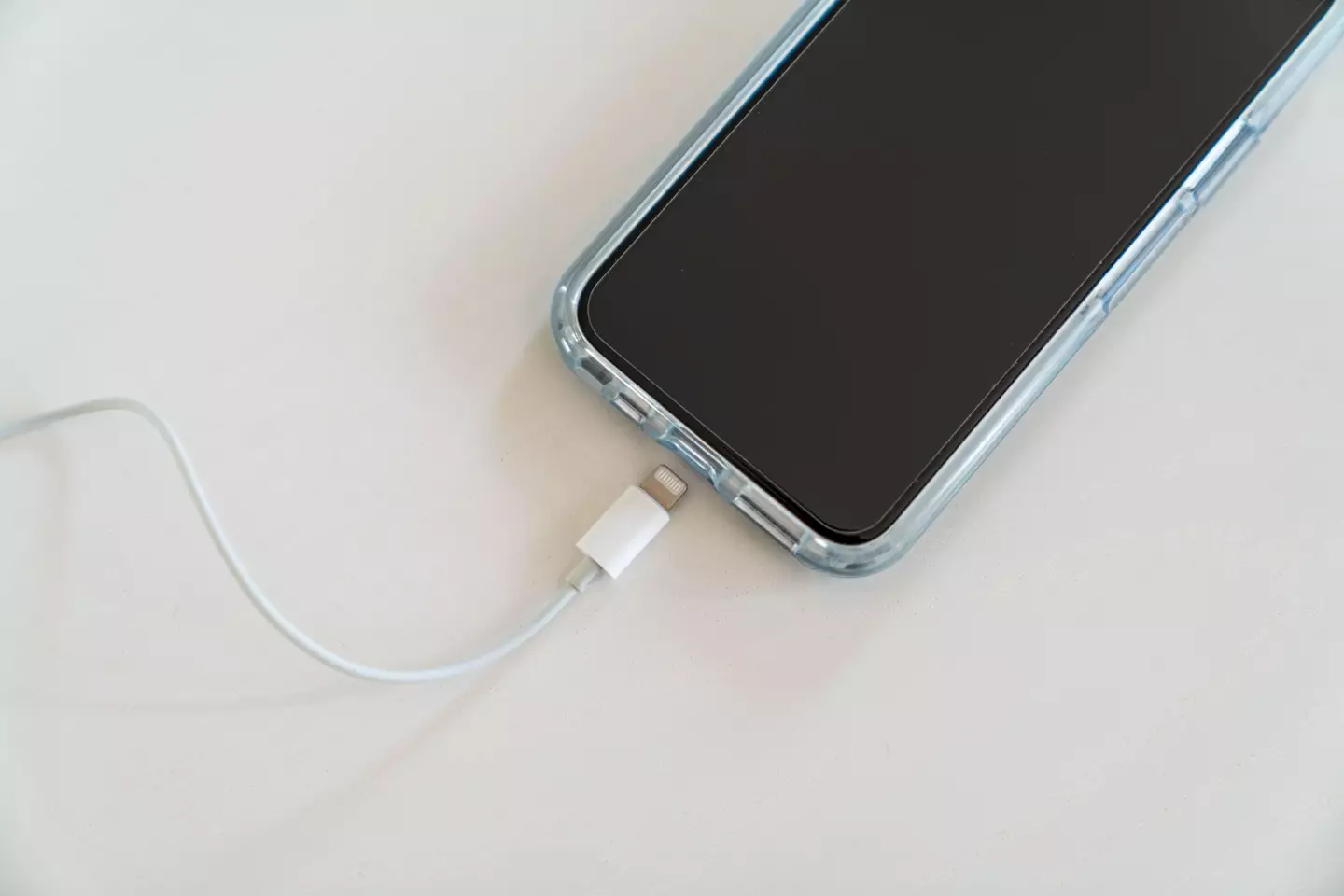
The European Union's (EU) new rules to unify the charging ports will have a major effect on one of the world's biggest tech companies.
The rules set out by the EU include technical requirements which mandate that mobile phone devices must be fitted with a USB Type-C port for cable charging.
Manufacturers must adhere to the USB PD specs if the charging voltage is bigger than 5V or the current is more than 3A.

Advert
Tech brands will no longer be able to have different charging speeds and the European Union laws will introduce uniform speeds when using any suitable charger. This will ensure that phone users will buy charging heads and cables at a lower rate and reduce electronic waste.
Apple has long been known for having its own iPhone chargers - the infamous 'Lightning' connector cable - that are unable to work with other phones, but will now be forced to change them under a new EU law.
Apple and all technology companies will be required to adopt a USB-C cable under the new rule, which was approved by the European Parliament last year.
This means that Apple will not be able to limit charging its speeds once it embraces the USB Type-C port on its devices and a MFI (Made for iPhone) certification will be a must for some levels of charging. Without the MFI cert., the speed for data transfer as well as charging will have a limit. However, there will likely be a turning point in this issue.
Advert

Most phone and tablet manufacturers have already moved across to using the USB-C charging port ahead of the rule coming into play by the end of 2024.
However, Apple has predominantly stuck with its own version of the charger all the way up to the most recent model (the iPhone 14), and even previously argued that it would be more beneficial to adapt the charger on the other side of the cable, which gets plugged into the wall.
The EU legislation was first put forward as a proposal in September 2021 after the European Parliament said it had spent years trying to encourage tech companies to agree to use one type of connector.
Advert
While some Apple fanatics think the new rules target the company in particular, the USB-C type, with its quick charging time and fast data transfer speeds, emerged as the best option.

The EU’s new rules require apply to all mobile phones, tablets and cameras sold in EU countries. In 2026, this requirement will extend to laptops.
The EU will be rolling out new rules around wireless charging by the end of the 2024.
Advert
The legislation will also include technological accessories like computer mouses. Apple currently uses a Lightning cable on its accessories like AirPods and keyboards.
The iPhone 15 is expected to have a USB-C charging port when it launches later this year.
Topics: Technology, iPhone, Apple
